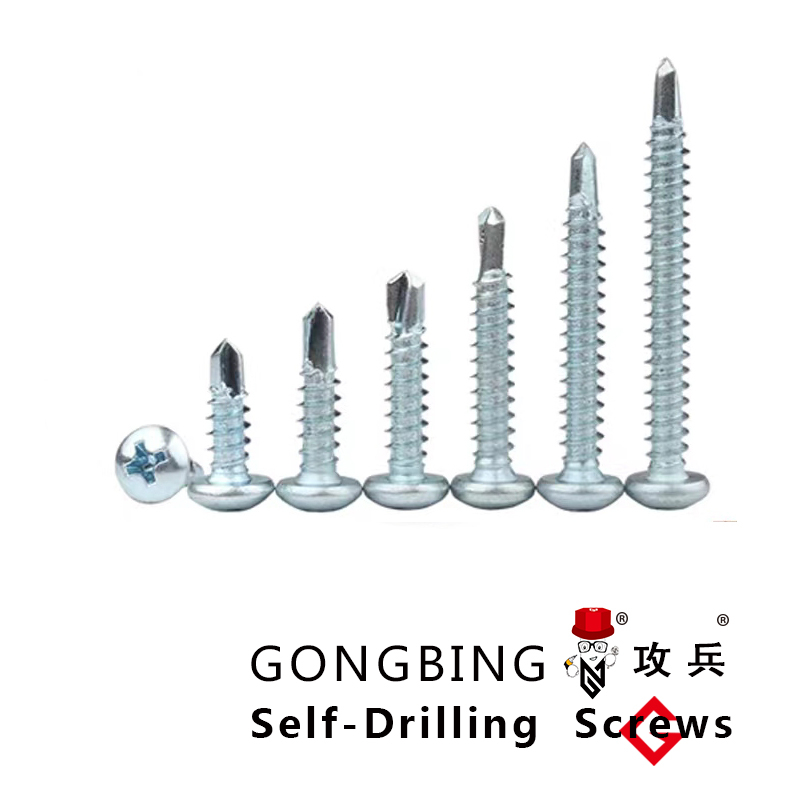steel roof bracing
Understanding Steel Roof Bracing A Key Element in Structural Integrity
Steel roof bracing is an essential component in modern architectural design, particularly for structures that require enhanced stability and strength. As buildings become taller and more complex, the necessity for robust support systems has risen dramatically. Roof bracing not only adds to the structural integrity of a building but also helps in efficiently distributing loads and resisting lateral forces, such as wind and seismic activity.
At its core, steel roof bracing typically consists of various forms of bracing systems, which can be categorized into two main types tension bracing and compression bracing. Tension bracing employs cables or rods to create a framework that pulls the roof structure tight, effectively preventing it from deforming under stress. On the other hand, compression bracing uses struts or beams that support the roof from underneath, preventing any buckling and ensuring that the weight is distributed evenly throughout the building.
One of the primary benefits of using steel for roof bracing is its strength-to-weight ratio. Steel is inherently strong yet lightweight, making it an ideal choice for construction where minimizing added weight is critical. This characteristic allows engineers to design larger spans and more open spaces within a building, without compromising on stability. Additionally, steel’s resistance to environmental factors, such as rot and pests, further enhances its suitability for roof bracing applications, leading to longer-lasting structures.
steel roof bracing

The implementation of steel roof bracing is not merely a matter of aesthetics; it has important implications for safety and compliance with building codes. Regulations often dictate specific requirements for load-bearing capacities, and incorporating effective bracing solutions can help meet these standards. In regions prone to extreme weather or seismic events, reinforcing roof systems with steel bracing can protect a building from potential damage, thereby safeguarding its occupants and contents.
Furthermore, advancements in technology have led to innovative approaches in steel roof bracing design. Computer-aided design (CAD) and building information modeling (BIM) enable engineers to create highly efficient bracing systems tailored to the specific needs of a project. These technologies allow for precise simulations and evaluations of how bracing components will perform under various conditions, thus optimizing both safety and cost-effectiveness.
In conclusion, steel roof bracing plays a pivotal role in modern construction, providing structural support and stability essential for the longevity and safety of buildings. Its unique properties, coupled with advanced design techniques, ensure that structures can withstand a variety of environmental challenges. As architectural trends continue to evolve, the importance of effective roof bracing systems in maintaining structural integrity will remain a top priority in the field of engineering and construction. The combination of strength, durability, and versatility offered by steel bracing makes it an indispensable element in the design of safe and resilient buildings.
-
Weatherproof Plastic Expansion Anchors for OutdoorNewsJun.06,2025
-
Sustainability in the Supply Chain: Eco-Friendly TEK Screws ProductionNewsJun.06,2025
-
Load-Bearing Capacity of External Insulation FixingsNewsJun.06,2025
-
Double Head Bolts: Enhancing Efficiency in Industrial MachineryNewsJun.06,2025
-
Corrosion Resistance in Chipboard Screws: Coatings for Wholesale DurabilityNewsJun.06,2025
-
Butterfly Toggle Bolts : Enhancing Structural ResilienceNewsJun.06,2025
